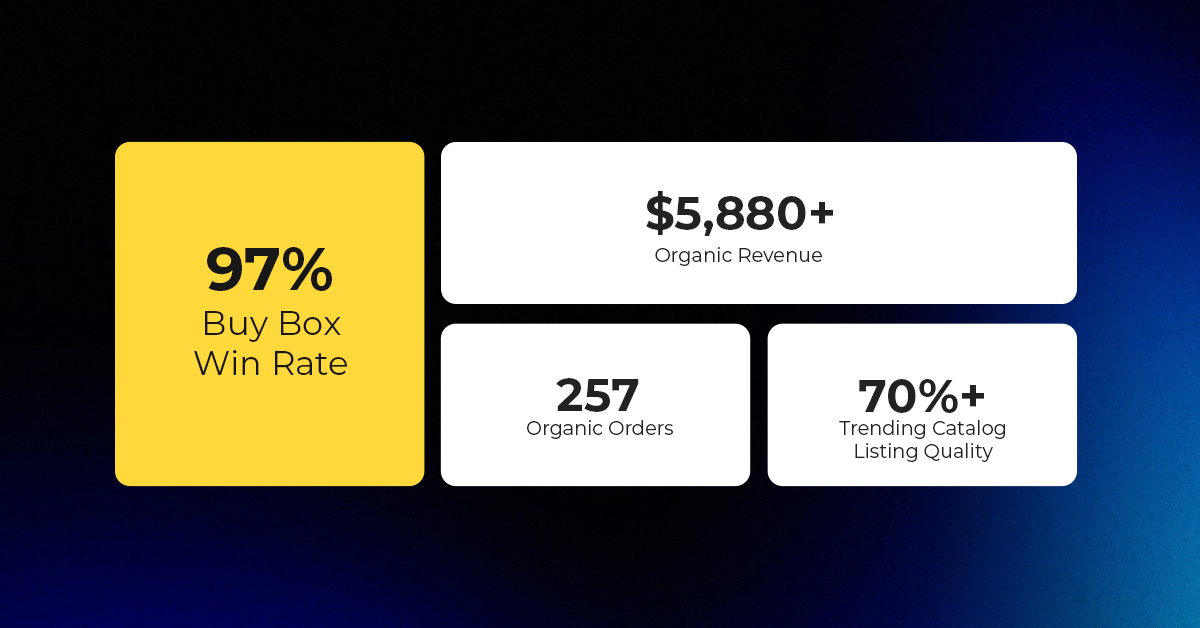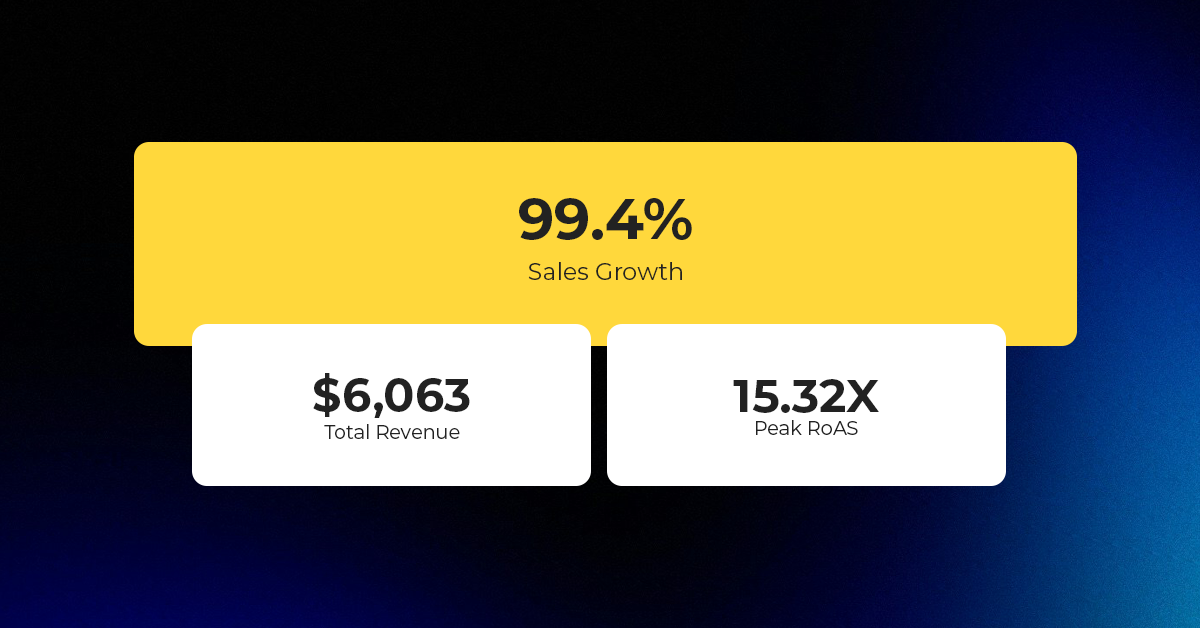Etsy Expands Payments Policy Globally; Instant Transfers Go Live for US Sellers
Reading Time: 3 minutesWhat’s changed Etsy has rolled out major updates to its Etsy Payments…
Cron jobs are an integral part of multichannel selling, without which selling on different channels can become distressing! Why is that? It is because Cron Job in Magento ensures that everything from new order notification to product’s price and stock is updated to the newest information across all the seller accounts.
Multichannel selling can be both rewarding and challenging at the same time. It offers many benefits that can help sellers take their business to another level, then why not do it correctly?
If you are just here to learn about cron jobs in Magento then skip to the part by clicking here. But if you wish to explore the entire concept then continue reading.
Let’s dive into knowing everything from ‘what multichannel selling is’ to ‘how implementing Magento 2 Cron Job can help sellers sell efficiently on multiple marketplaces.’
Multichannel selling is an online selling method where the sellers aren’t bound to sell on any single platform. They can enlist their products and sell on any number of marketplaces. It allows them to reach the global eCommerce market and sell to customers living in other regions of the world. Doing so can be quite beneficial – not only on the financial side but also for the brand development part.
With new advancements in eCommerce technology, online selling has become a walk in the park even for the new sellers. Due to this, the eCommerce market has become quite competitive. The best way to excel in this competition is to sell on multiple marketplaces to reach more audiences.
Also Read: Omnichannel vs. Multichannel selling
According to a report, over 75 percent of merchants prefer selling on multiple platforms because of the wide range of advantages of multichannel selling.
However, many merchants don’t dare to experiment with multichannel selling as they believe managing them is painful (which is somewhat true!). Especially when you have a huge inventory, updating and enlisting each of them will waste a lot of time and effort if done manually.
Also Read: Challenges in Multichannel selling
There are many advantages of multichannel selling, but the disadvantages sound scary too. Now what?
Don’t worry! Here is an easy solution…
Many Magento sellers have been using automated jobs as a solution to sell and manage their seller panels on different marketplaces. This automatic job is known as Cron Job in Magento (or Cron Scheduler). This simple solution makes the selling process easier and more efficient.
Cron job is a program that updates or repeats the given tasks at a fixed interval. This automatic job scheduler is not visible as it runs in the background of the Magento store. It makes manual tasks automatic and straightforward that would otherwise take many hours and efforts to complete.
Suppose a merchant has his own eCommerce website and is also using eBay and Amazon for business. This seller has ten products in stock and a customer has recently placed an order for two of them on Amazon. Let’s see how the merchant deals with it without the Magento 2 Cron scheduler –
At first, the merchant visits his online store and then on eBay and Amazon seller panels one by one to check if there is a new order. Take a note here that the seller will sign in and out of each seller panel to visit another.
As he opens the Amazon seller panel, he notices that he has received a new order. Because the stock information on the eBay seller panel and his website is also ten, he has to first visit both seller accounts (one by one) again to update the stock information manually (from ten to eight). After updating stock information on each platform, he can now sign in to the Amazon seller panel again and proceed with the new order.
The seller needs to update the price of one of his products. The seller will visit his website and change the product price there. Then, he will visit his seller panels on Amazon and eBay one by one to change the product price manually.
What if the seller needs to add a new product?
He will visit his website, add all the product details and make it available for his customers. Then, he needs to visit his seller panels on Amazon and eBay and add a new product manually one by one.
Complicated enough?
Imagine the efforts, confusion, and hours you have to spend if you have more than ten products SKU and more than two marketplaces to sell. The process will not only tire you but the chances of errors are also high. And, when there is an error, you have to deal with it manually, again!
As you have understood the importance of selling on multiple marketplaces, cron jobs will further make your selling process more efficient. In simple words, you will no longer face issues of overselling or miss a notification!
Here are some benefits offered by Magento 2 Cron Job –
The primary role of a Cron job in Magento is to make manual tasks (that takes a lot of time and effort) automatic. The seller can utilize this time in performing other tasks that need more attention.
The sellers no longer need to update inventory information manually on each marketplace. Instead, they can update it on their Magento store, and the same will be done on all the other seller panels in real-time.
Some products have ever-changing prices, and it becomes challenging to manage them when you are selling on multiple marketplaces. But the seller can easily manage it with Cron Job in Magento.
If your orders are not automated in the Magento store, you will not be notified about the new order on other seller panels. The Magento 2 Cron Job automatically acknowledges the new order when it arrives on the marketplace and imports it back to the Magento store.
Magento 2 Cron scheduler helps sellers track all the shipment-related activities and update the information across all the marketplaces. The process is automatic and starts when the shipment is created.
When the sellers add a new product to their Magento store, the Cron Scheduler will automatically sync the new addition across all the marketplace seller panels. As a result, the sellers don’t need to do the same manually.
Cron job in Magento looks like a simple solution for all the challenges that the sellers face while selling on multiple platforms. But how to access this feature, or how can you implement it in your Magento store?
The answer is simple – Magento Multichannel eCommerce Integration!
Also read: How Thomas increased sales for his LED store with Magento Multichannel Integration.
Magento eCommerce Integration provided by CedCommerce is a simple eCommerce solution that connects merchants’ Magento store and marketplace seller accounts with a centralized platform. The sellers can access all their accounts and manage everything from this panel. They no longer need to sign in or out of the different accounts to check any new notifications or orders. This automated solution saves a lot of time and effort from the sellers’ end. There are many other benefits of Magento multichannel marketplace integration.
Cron job in Magento is simply a feature that comes packed with other features of this extension. And, it has a significant role in making the processes automated when you are selling on multiple platforms.
Cron job in Magento offers many advantages that can help you excel as a seller. But enough of the benefits! Instead, focus on what happens when you sell on multiple platforms without cron jobs. The intention is not only to focus on disadvantages like more manual work or waste of time and effort but also to explore the challenges further.
Have you ever thought of this way?
Suppose you are the same seller from our previous example. You have ten products enlisted on your Magento store along with Amazon and eBay seller panels.
A customer places an order for ten products on eBay at the same time when our first customer (in the previous example) had placed an order for two products on Amazon. Now, if you aren’t logged in to your seller account, you will not receive notification about the arrival of new orders. In case you have acknowledged one order in time, there is still a chance you will miss the other order on the second marketplace.
In this situation, you have 12 product orders and only 10 of them in stock. Now, what will you do? Cancel one of the orders?
As a seller, you must be aware that you can’t cancel orders after a specific interval (may differ from one marketplace to another). The result is you have oversold your products unintentionally.
The same scenario becomes worse when you are selling on multiple marketplaces and have more products.
The story doesn’t end here. Overselling can affect your reputation as a seller when you cancel an order after accepting it. Some marketplaces even impose penalties on sellers in this scenario.
So what have you decided to do?

Reading Time: 3 minutesWhat’s changed Etsy has rolled out major updates to its Etsy Payments…

Reading Time: 2 minutesWhat’s changed Walmart has introduced a new Shipping Score metric within its…

Reading Time: 3 minutesWhat’s changed Amazon has announced an additional $35 billion investment in India…

Reading Time: 4 minutesAbout the Brand: 40ParkLane LLC Studio40ParkLane is a design-led print-on-demand brand created…

Reading Time: 3 minutesAbout the Company Brand Name: David Protein Industry: Health & Nutrition (Protein…

Reading Time: 3 minutesOnline retail spending in Germany is entering a renewed growth phase after…

Reading Time: 4 minutesTikTok Shop has released a comprehensive Beauty and Personal Care Products Policy,…

Reading Time: 4 minutesTikTok Shop has formally outlined comprehensive requirements for expiration date labeling and…

Reading Time: 3 minutesTikTok Shop is raising its sales commission for merchants across five active…

Reading Time: 11 minutesBy now you have seen your BFCM 2025 numbers. The harder question…

Reading Time: 3 minutesAbout the Brand Name: Vanity Slabs Inc Industry: Trading Slabs- Vanity Slabs…

Reading Time: 2 minutesAbout the Brand Name: Ramjet.com Industry: Automotive Parts & Accessories Location: United…

Reading Time: 2 minutesAmazon is rolling out strategic referral fee reductions across five major European…

Reading Time: 4 minutesQuick Summary: Scaling Lifestyle Powersports on eBay with CedCommerce Challenge: Zero marketplace…

Reading Time: 4 minutesTikTok has surpassed 460 million users across Southeast Asia, reinforcing its position…

Reading Time: 3 minuteseBay has released its final seller news update for 2025, with a…

Reading Time: 3 minutesAmazon has clarified its stance regarding speculation around a potential breakup between…

Reading Time: 4 minutesWalmart is accelerating its push into next-generation fulfillment by expanding its drone…

Reading Time: 4 minutesFaire, the fast-growing wholesale marketplace connecting independent retailers with emerging brands, has…

Reading Time: 4 minutesB2B buying in the United States is undergoing a fundamental behavioral shift…
For real, Cron jobs just sets everything on auto pilot!
Yeah, I totally agree with you. Cron jobs do make everything automated that makes the selling process even easier.
For more such informational articles, subscribe to our newsletters.
If you have any queries or need help in online selling, connect with us on –
Skype: https://join.skype.com/zecyJo94eTrZ
Whatsapp: https://chat.whatsapp.com/JjJKfj0TortCYbYKuDhefN
Thank you!!
Leave a Reply